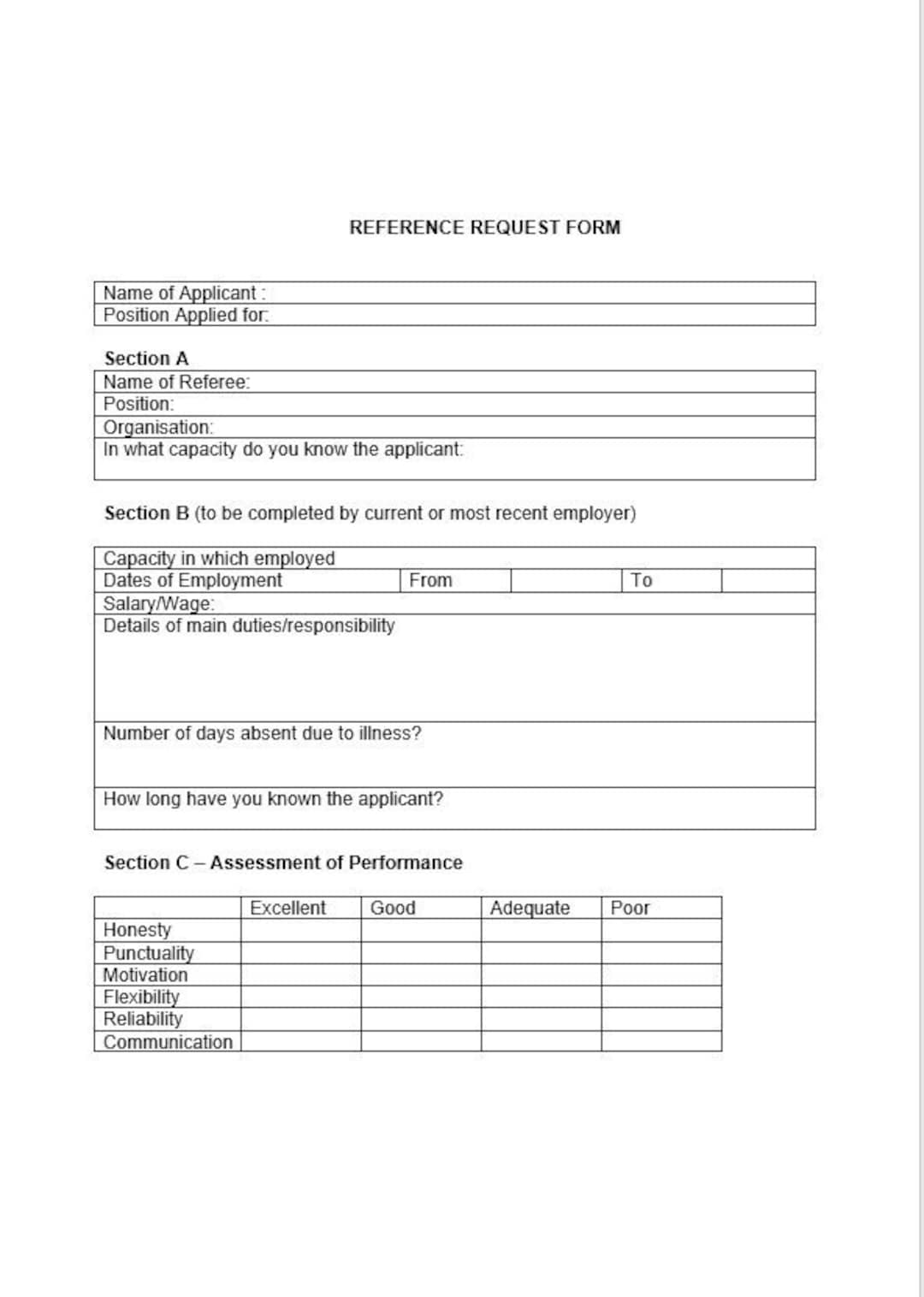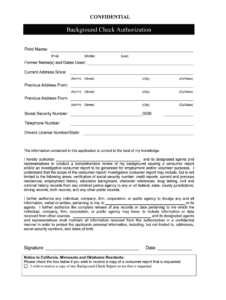Utilizing a structured format offers several advantages. It saves time by eliminating the need for recommenders to compose recommendations from scratch. It also provides clarity on the required information, resulting in more comprehensive and relevant responses. Furthermore, it presents a professional image and ensures consistency in the evaluation materials received.

This discussion will delve into the key components of effective recommendation requests, explore various formats suitable for different contexts, and offer practical guidance for creating and implementing these valuable tools.
Key Components of a Standardized Recommendation Request
Effective recommendation requests contain specific elements that ensure clarity and facilitate a comprehensive response. These components guide the recommender in providing relevant and insightful information.
1: Introduction and Context: A concise explanation of the purpose of the recommendation, including the specific opportunity or position the subject is pursuing. This section should also clarify the relationship between the requester and the subject.
2: Subject Identification: Clear identification of the individual for whom the recommendation is being requested, including their full name and any relevant identifying information.
3: Target Audience: Specify who will receive the recommendation, such as a hiring manager, admissions committee, or scholarship foundation.
4: Deadline: A clearly stated deadline for submission ensures timely receipt of the recommendation.
5: Specific Questions or Prompts: Guiding questions or prompts focus the recommender’s input on key areas of interest, such as skills, qualifications, and character traits.
6: Submission Instructions: Clear instructions on how to submit the recommendation, including preferred methods (e.g., online form, email attachment) and any specific formatting requirements.
7: Expressing Gratitude: A polite expression of appreciation for the recommender’s time and effort.
8: Contact Information: Providing contact information allows the recommender to seek clarification or ask questions if needed.
Well-crafted requests incorporate these essential elements to streamline the process, ensuring valuable and timely feedback for critical decisions.
How to Create a Template for a Reference Request
Creating a standardized template ensures consistency and efficiency in soliciting recommendations. A well-structured template facilitates the process for both requesters and recommenders, leading to more informative and timely responses. The following steps outline the process of developing an effective template.
1: Define the Purpose: Clearly articulate the reason for the recommendation request. Specify the opportunity or position the subject is pursuing. This provides context for the recommender.
2: Identify Essential Information: Determine the key information required from the recommender. This may include specific skills, qualifications, experiences, or character traits relevant to the opportunity.
3: Develop Targeted Questions: Formulate specific, open-ended questions that guide the recommender toward providing relevant insights. Avoid leading questions that might bias the response.
4: Structure the Template: Organize the template logically, with clear headings and sections. A structured format enhances readability and ensures all essential information is captured.
5: Establish a Submission Process: Define the preferred method for submitting the recommendation. Offer options like online forms, email attachments, or postal mail, as appropriate.
6: Incorporate Professionalism: Maintain a professional tone throughout the template. Express gratitude for the recommender’s time and effort. Provide clear contact information for inquiries.
7: Test and Refine: Pilot test the template with a small group to identify any areas for improvement. Revise based on feedback to optimize clarity and effectiveness.
A thoughtfully constructed template provides a framework for obtaining valuable insights, ultimately contributing to informed decision-making. Consistent implementation ensures a streamlined and professional approach to requesting recommendations.
Standardized forms for soliciting recommendations offer a structured approach to gathering crucial information for evaluating candidates or applicants. These templates ensure consistency, efficiency, and clarity, benefiting both the individuals seeking recommendations and those providing them. Key components of such templates include a clear purpose, targeted questions, and a defined submission process. Careful consideration of these elements results in more comprehensive and relevant responses, ultimately contributing to informed decision-making.
Effective implementation of standardized recommendation request templates represents a best practice for any individual or organization seeking to optimize evaluation processes. This method promotes professionalism and facilitates a more thorough and equitable assessment of qualifications, ultimately leading to more informed and successful outcomes.

